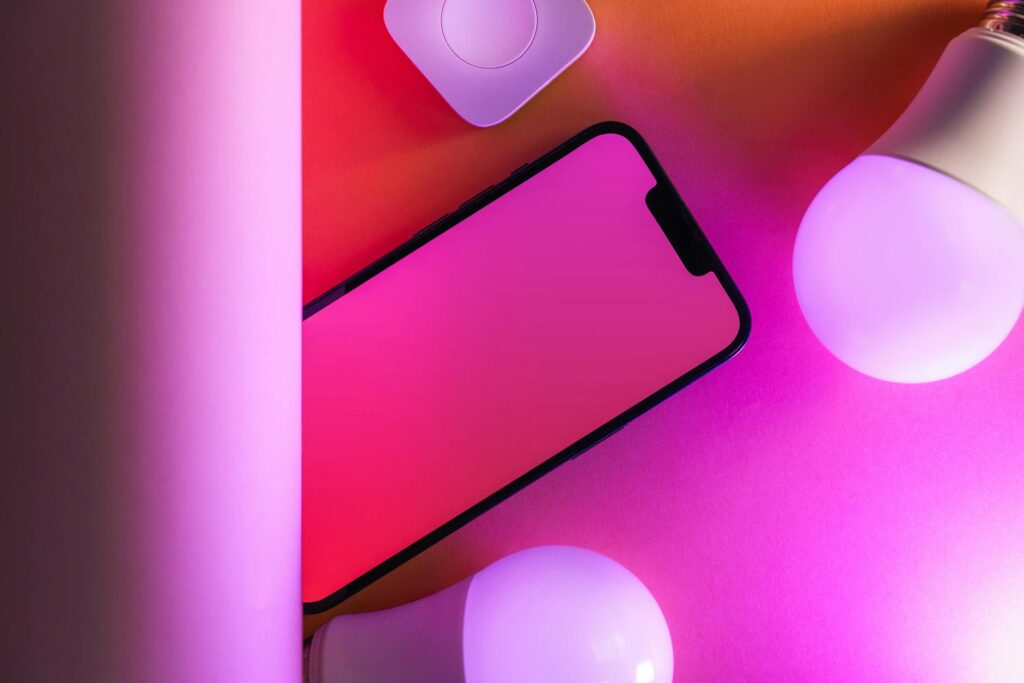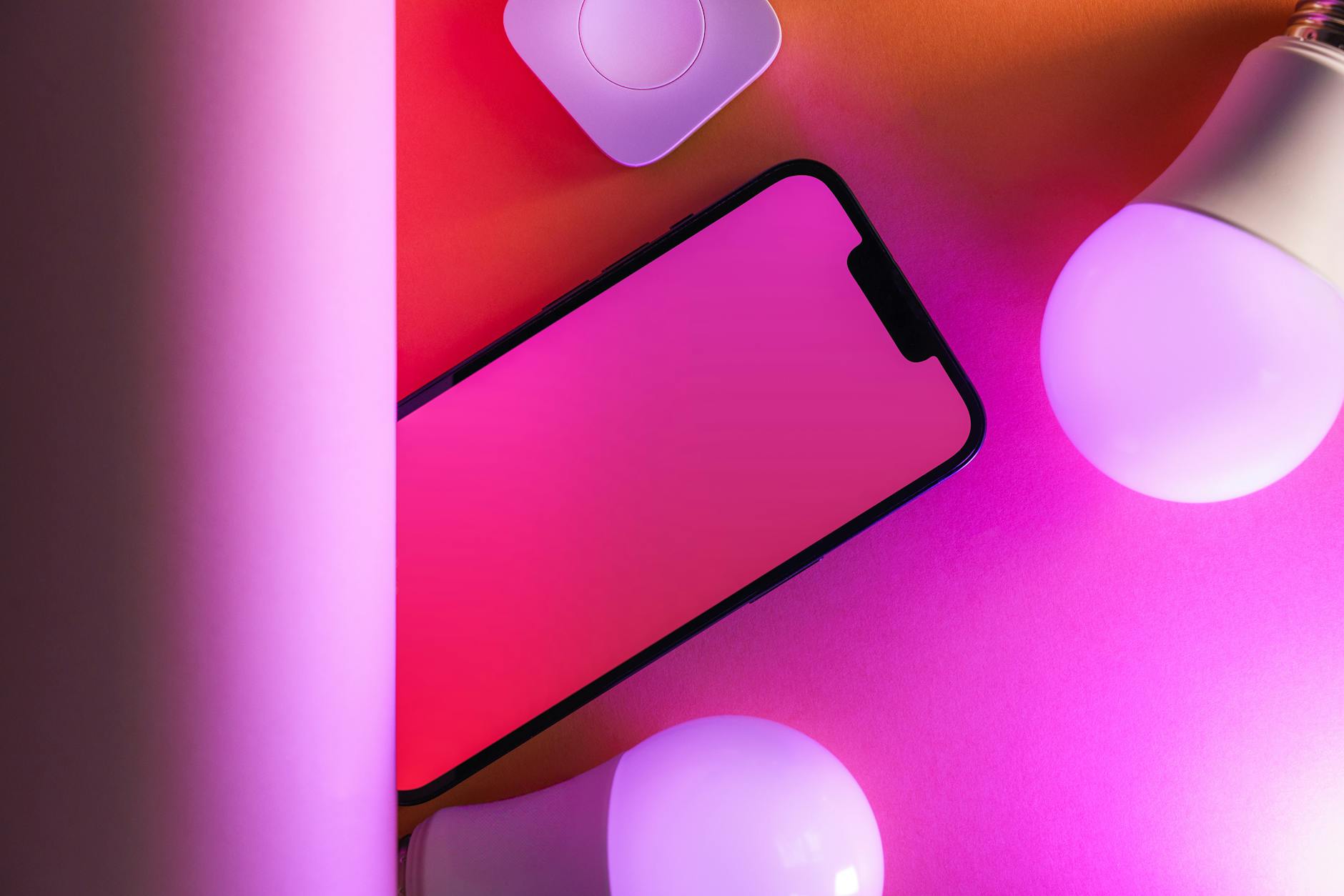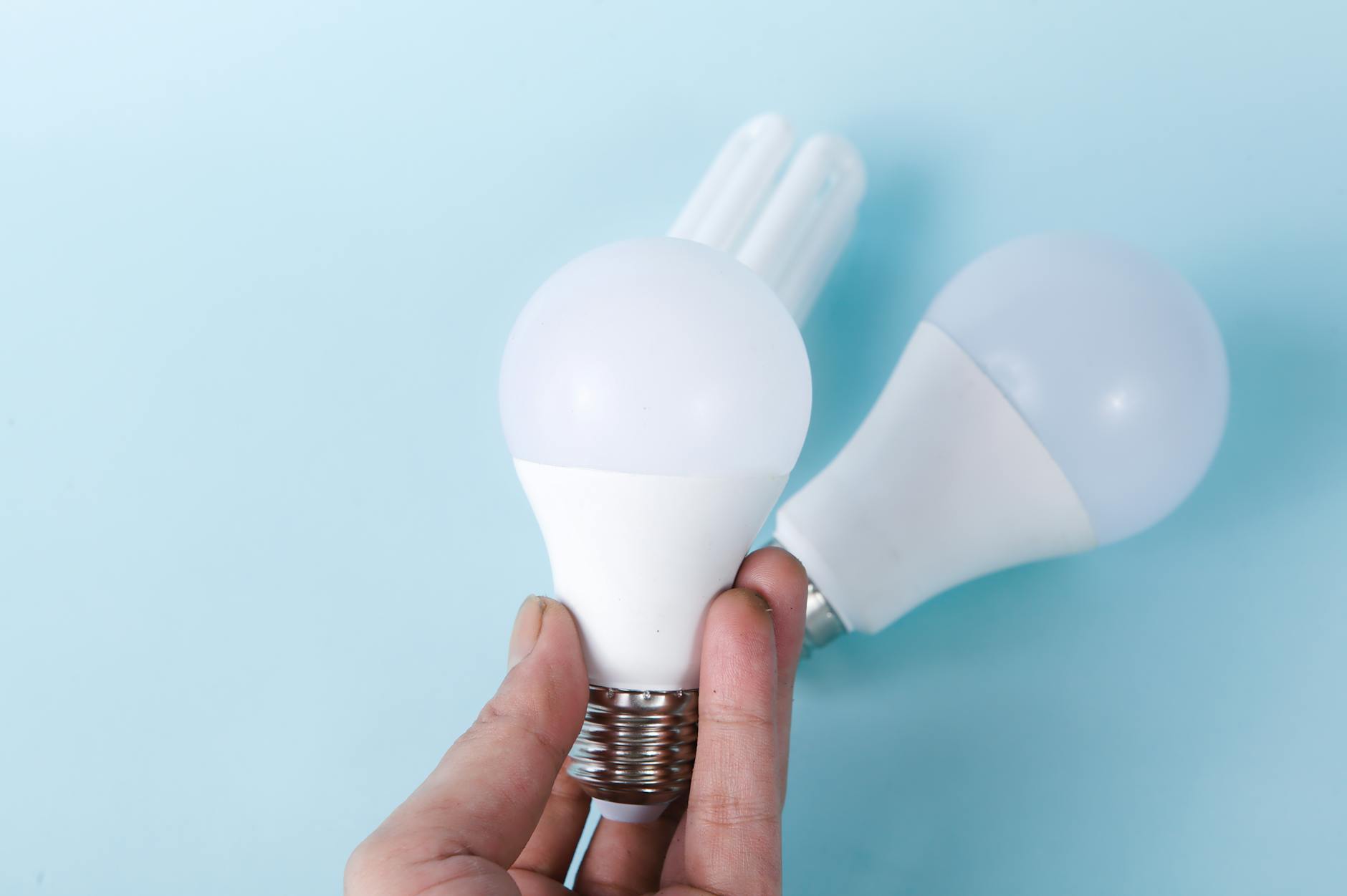Lighting isn’t just a utility for our homes and workplaces; it’s an investment in our environment, well-being, and finances. Upgrading to LED technology is a significant move toward efficiency and sustainability. In this post, we explore multiple facets of why making the switch to LED lights stands as a wise decision, evidenced by the Return on Investment (ROI) it offers.
The Efficiency Edge
LED (Light Emitting Diode) technology is vastly more efficient than traditional lighting solutions. Unlike incandescent bulbs, which waste much of their energy as heat, LEDs use energy to produce light, cutting down electricity use. 
Longevity and Durability
LEDs far outlive their traditional counterparts, often rated to last tens of thousands of hours longer. This durability translates to fewer replacements and reduced maintenance costs over time.
Improved Lighting Quality
LEDs offer superior light quality, enhancing the ambiance of any space. They provide a range of color temperatures and are fully dimmable, offering flexibility to adjust lighting as needed.
Eco-Friendly Choice
Switching to LEDs reduces carbon footprint. These bulbs are free from toxic elements like mercury, common in fluorescent lighting, making them a safer and greener alternative.
Utility Rebates and Incentives
Many utility companies and governments offer rebates and incentives for upgrading to energy-efficient lighting, potentially reducing the initial investment cost.
Increased Property Value
Upgrading to LED lighting can enhance property appeal and value, making it an attractive feature for potential buyers or renters.
Lower Heat Emission
Besides reducing the risk of burns and fire, the low heat emission of LEDs can contribute to lower air conditioning costs during warmer months.
Enhanced Productivity and Well-being
There’s evidence to suggest that better lighting can improve mood and productivity, vital for both home and workplace environments.
Compatibility with Smart Technology
LEDs seamlessly integrate with smart home systems, allowing for remote and automated control that can lead to further energy savings.
Impact on Human Circadian Rhythms
LED lighting can be tailored to support healthy circadian rhythms, promoting better sleep patterns and overall well-being.
Decreased Maintenance Time and Costs
With their longevity, LEDs significantly reduce the time, effort, and expense involved in lighting maintenance.
Resilience in Various Environments
LEDs perform well in a range of temperatures and conditions, unlike traditional lighting that can fail in extreme conditions.
Immediate Return on Investment
The cost savings from lower energy bills can begin to return the initial investment in LED lights within months.
Support for Green Initiatives
By choosing LED, businesses and consumers support broader green initiatives and sustainability goals.
Enhanced Visual Appeal
LED lights offer design flexibility that can enhance the aesthetic appeal of spaces, contributing to a modern look.
Reduced Light Pollution
LEDs contribute significantly to reducing light pollution, a concern for both urban and rural areas, preserving natural darkness and supporting wildlife.
In conclusion, the switch to LED lighting is a multifaceted investment that offers long-term benefits for the environment, finances, and quality of life. The initial outlay is quickly offset by savings and enhancements that continue to pay dividends for years.
Frequently Asked Questions
Why are LEDs considered more efficient? LEDs convert a higher proportion of energy into light, meaning less electricity is wasted as heat.
Can LED lights really improve mood and productivity? Yes, studies have shown that proper lighting can enhance mood and increase productivity by supporting natural circadian rhythms.
Are there incentives for switching to LED lighting? Many utility companies and local governments offer rebates and incentives to encourage switching to energy-efficient lighting solutions.
How long do LED lights typically last? LED lights can last up to 25 times longer than incandescent bulbs, often exceeding 25,000 hours of use.
What environmental benefits do LEDs offer? LEDs reduce energy consumption, emit less heat, and contain no toxic elements, making them a greener choice.





